NEWS
24 Everyday Groceries with Sky-High Price Tags Now
Published
9 months agoon

Shutterstock
Supermarkets across the country are witnessing a quiet yet significant shift as the prices of grocery store items soar. Products that were once comfortably affordable have now become akin to luxury goods. This change mirrors wider trends in consumer behavior, agricultural techniques, and global economic factors. The rising demand for organic, ethically sourced, and artisanal products has driven up their costs, reducing their accessibility for the average consumer. This trend isn’t limited to specialty items but also affects essentials like fruits, meats, and snacks. Here are 24 grocery items that were once affordable but have now become expensive.
The Rising Cost of Chicken Wings

Shutterstock
Chicken wings, once an affordable and abundant choice, have seen a significant increase in price driven by their growing popularity, especially during sporting events. The high demand frequently surpasses the available supply, causing price surges. Furthermore, the preference for wings from free-range chickens, which are more costly to raise, contributes to this price hike. Consequently, this beloved snack has transitioned from a game-day staple to a premium menu item.
The Evolution of Bacon
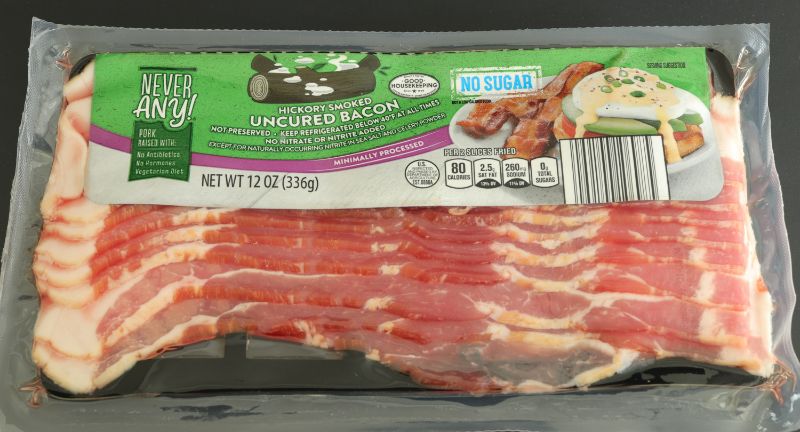
Shutterstock
Bacon has evolved from being a staple breakfast item to a premium product, largely due to the growing popularity of artisanal varieties made from heritage breeds and distinctive curing methods. These premium types are notably more costly to produce compared to regular bacon, mirroring the increasing consumer demand for high quality and transparent sourcing. Additionally, the general rise in pork prices has contributed to making all types of bacon more expensive. Consequently, bacon has become a feature in gourmet recipes and is often reserved for special occasions.
Increasing Costs of Fresh Vegetables
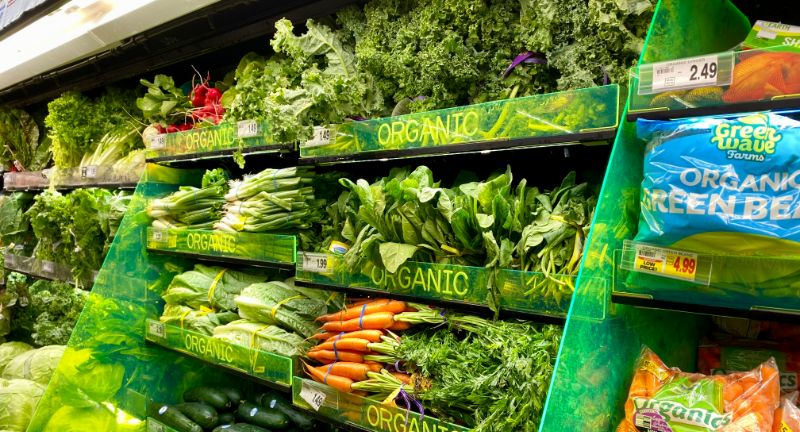
Shutterstock
The surge in prices for fresh vegetables can be traced back to several influencing factors, such as the heightened demand for organic produce and the elevated expenses linked with sustainable farming methods. Additionally, labor shortages and transportation costs considerably contribute to this trend. These vegetables are crucial for health-oriented consumers who value pesticide-free and non-GMO options, which usually come with a higher price tag. Consequently, even staple vegetables like lettuce and tomatoes have become more of a luxury in regular grocery shopping.
Fresh Figs
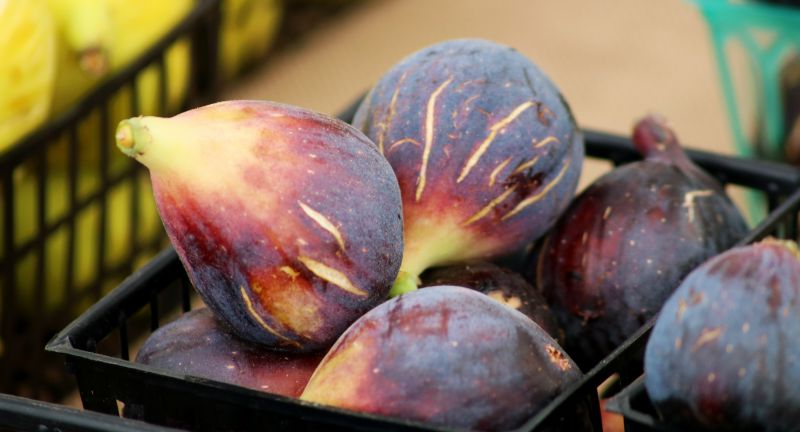
Shutterstock
Fresh figs are considered a luxury because of their highly perishable nature and limited harvesting periods. They thrive in specific climates and necessitate meticulous handling. Combined with their brief shelf life, these factors contribute to the high costs associated with transporting and storing them. Figs are highly esteemed for their distinctive flavor and texture, making frequent appearances in gourmet cuisine and high-end snacks. Consequently, their limited availability and high price render them a special-occasion fruit rather than a regular snack.
Deli Meat
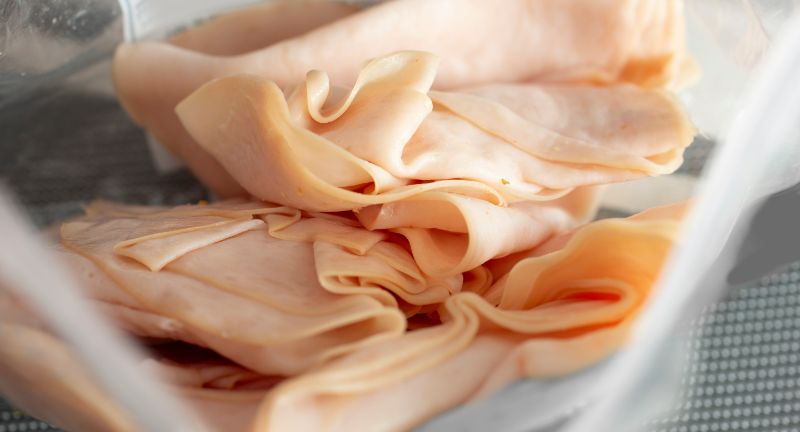
Shutterstock
Deli meats have historically been an economical and dependable choice for lunches, offering a swift and flexible meal option. However, in recent years, labor shortages and increasing wages have significantly driven up prices. Additionally, the outbreak of highly pathogenic Avian Influenza, which resulted in the loss of 2.5% of the annual commercial turkey population, has further exacerbated the situation. These factors, along with general food price inflation, have made deli lunch meats a less budget-friendly option for consumers.
The Rising Cost of Fresh Herbs
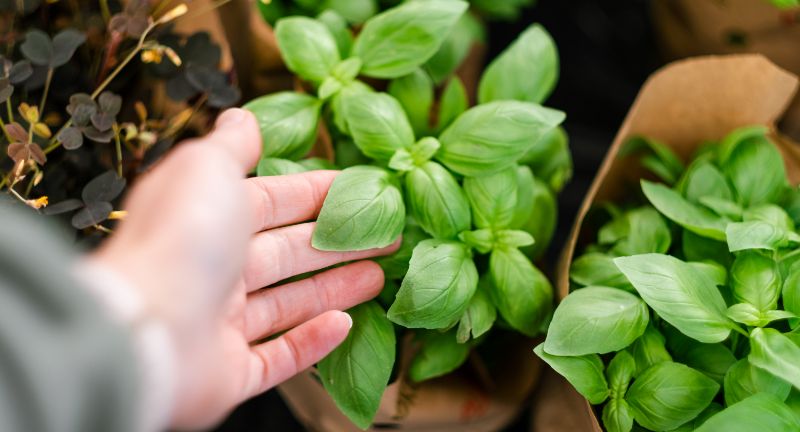
Shutterstock
The prices of fresh herbs such as basil, cilantro, and mint have surged due to growing demand for organic and locally sourced options. These herbs are usually cultivated on a smaller scale, which can be more expensive compared to mass production. Factors like the shift towards sustainable farming and the higher labor costs involved in growing and harvesting these delicate plants further contribute to their increased prices. As a result, fresh herbs are often viewed as a luxury, known for enhancing dishes with their vibrant flavors.
Soda
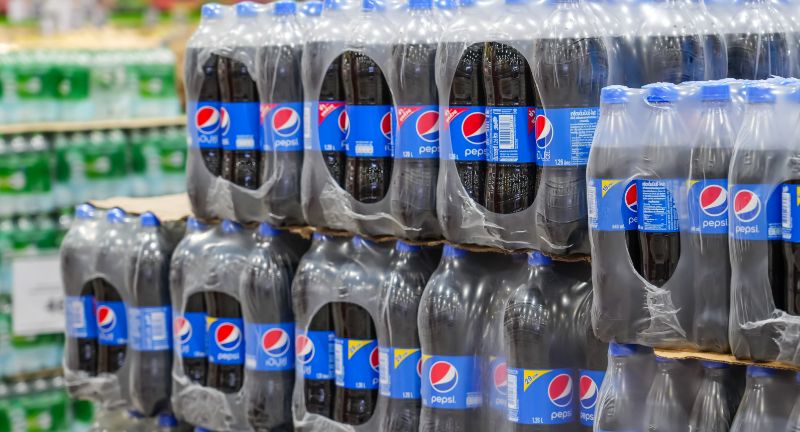
Shutterstock
The era of purchasing a soda pack for $4 might be a thing of the past. The once common and affordable beverage has recently experienced a significant price rise. According to Coke, this increase is driven by persistently high costs. Key factors include elevated prices for ingredients like sugar and artificial flavors, alongside rising energy costs affecting production and distribution. Additionally, overall inflation and governmental policies, such as sugar taxes in certain areas aimed at reducing consumption, have also indirectly contributed to the higher retail prices of soda products.
Cereal
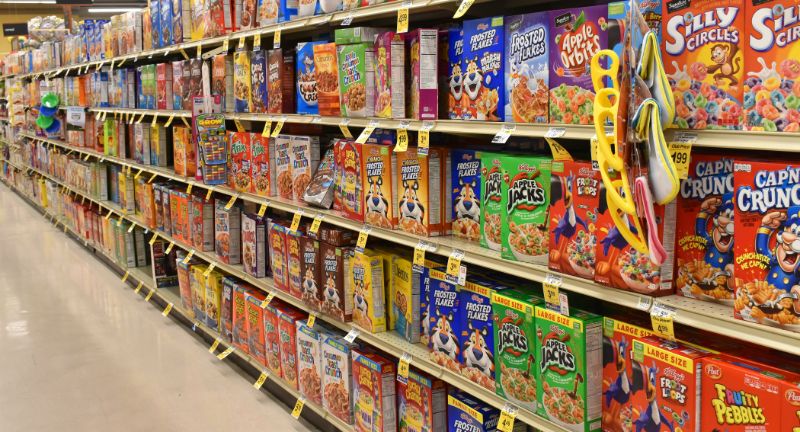
Shutterstock
Cereal is experiencing a transformation, shifting from an affordable breakfast option to a premium food item. Recent reports indicate that the price for a box has surged nearly 14%, raising the average cost to $5. This dependable staple for families is now straining household budgets. The price hike is mainly attributed to rising costs of raw materials like grains and sugar, along with increased transportation and production expenses.
Ramen

Shutterstock
Instant ramen, once a symbol of budget-friendly meals, has risen to gourmet status through the use of high-quality ingredients and intricate flavors. These premium versions stand in stark contrast to the basic noodles and flavor packets, offering a more sophisticated dining experience, albeit at a higher price. The craze for ramen as a cultural culinary phenomenon has also fueled its market growth. Consequently, a dish once linked with students and frugality now attracts food enthusiasts who are eager to invest in upscale options.
Candy Bars

Shutterstock
The transformation of candy bars into luxury items stems from the confectionery industry’s embrace of premium ingredients like fine cacao and artisanal methods. Ethical sourcing and fair trade practices, which guarantee fair wages for farmers, also play a role in the increased costs. This shift attracts a more discerning clientele that prioritizes quality over quantity and is willing to spend more for superior-tasting and ethically produced confections. Consequently, what was once a simple candy bar has now become a small luxury.
Pistachios
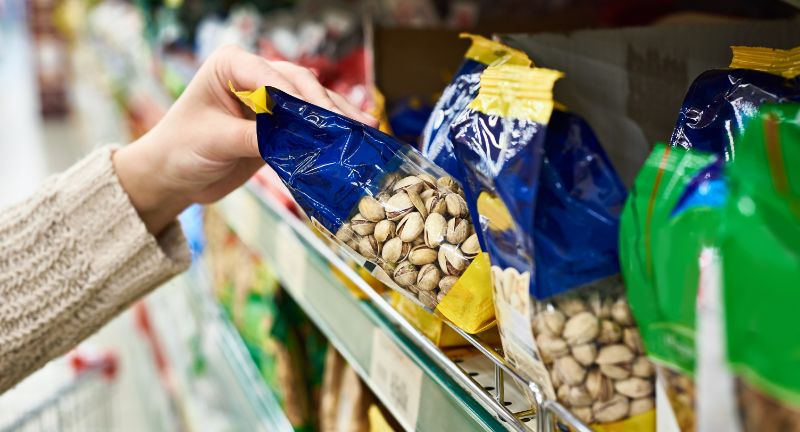
Shutterstock
Once a common household snack, pistachios have now transformed into a luxury item due to their water-intensive cultivation requirements and the impacts of climate change. In regions such as California, which contributes significantly to global pistachio production, water scarcity has resulted in increased prices. Furthermore, rising global demand, especially from markets such as China, continues to drive prices higher. Consequently, pistachios are frequently marketed as a premium nut.
Rising Costs of Canned Soup: A Household Staple
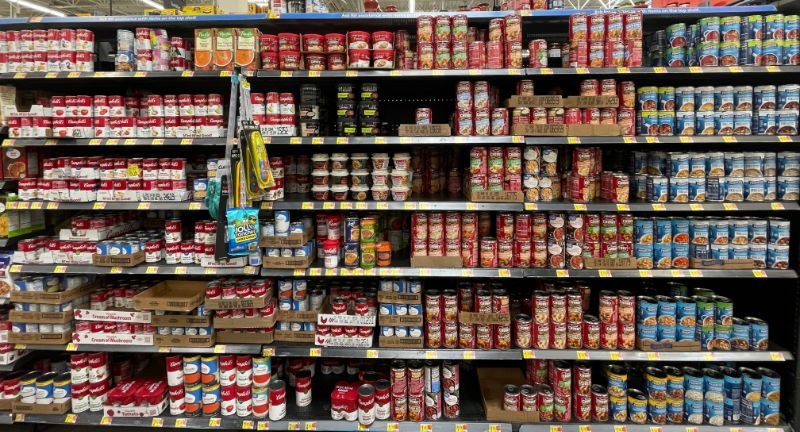
Shutterstock
Canned soup has historically been valued as an economical and convenient essential in countless households, providing quick and hassle-free meals. However, recent years have seen a significant rise in the price of canned soup, putting a strain on budgets that depended on its affordability. This price hike can be traced to various factors, such as increased ingredient costs, higher manufacturing expenses, and disruptions in supply chains.
Ice Cream
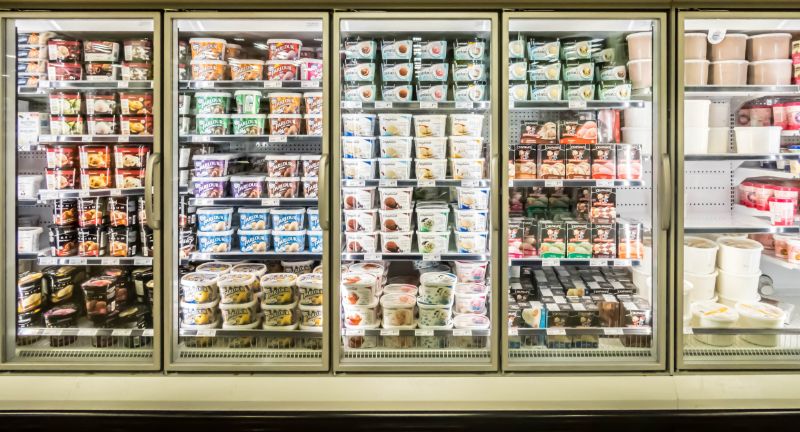
Shutterstock
Ice cream has evolved from a simple, beloved treat to a gourmet delicacy. Artisanal brands are now offering flavors with high-quality, exotic ingredients, leading to higher prices. The use of organic milk and sugar also adds to the cost. Consequently, ice cream is now more than just a summer delight—it’s a luxury indulgence.
Blueberries: A Year-Round Luxury
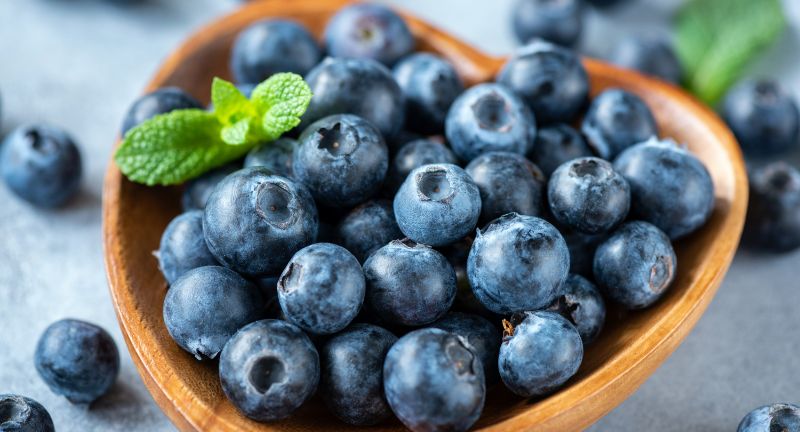
Shutterstock
Due to global demand and the cost of sustainable farming, blueberries have become a year-round luxury. This has led to historically high prices, with some regions experiencing a 100% increase over the past year. Additional factors contributing to this price surge include fluctuating weather conditions impacting harvests and rising labor costs. These elements have not only driven up prices but have also made consumers more mindful of the seasonality and origin of their blueberry purchases.
Olive Oil

Shutterstock
The production of high-quality extra virgin olive oil, especially from renowned regions such as Tuscany or Andalusia, involves meticulous processes from tree to bottle. Factors such as the type of olive, the timing of the harvest, and the pressing techniques all play a role in influencing the oil’s quality and price. The global demand for these premium oils, combined with occasional poor harvests due to climate conditions, has led to significant price increases. Today, olive oil is not merely a cooking ingredient but a carefully chosen culinary feature.
Frozen Pizza
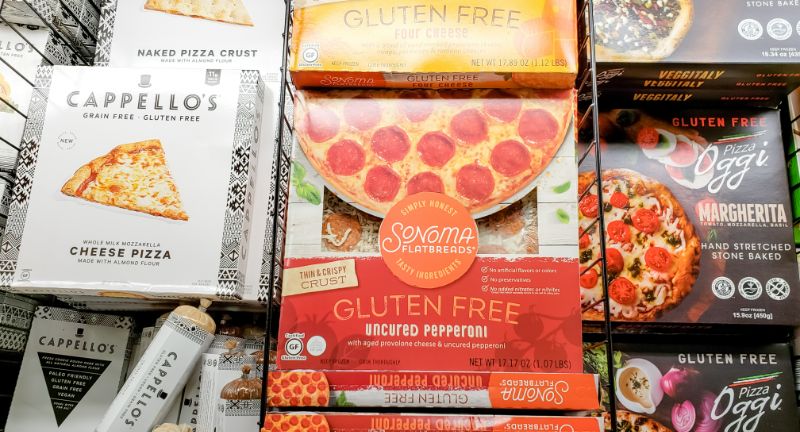
Shutterstock
Frozen pizza has evolved from a budget-friendly convenience food to a gourmet item. Specialty pizzas featuring artisanal toppings and alternative crusts, such as gluten-free or cauliflower-based options, are gaining popularity but often come with a higher price tag. The rising costs of ingredients like cheese and tomato sauce also contribute to this price increase. Consequently, frozen pizza is becoming a more luxurious option in the frozen food aisle.
The Evolution of Greeting Cards

Shutterstock
Greeting cards have long been a treasured and cost-effective way to express feelings for a variety of events, ranging from birthdays to holidays. Yet, the industry is undergoing changes as greeting card prices have climbed in recent years. This price hike is partly attributed to stiff competition from digital products, which provide convenient and often cheaper alternatives for personal communication. In reaction, traditional greeting card companies are producing more sophisticated, high-quality cards featuring unique designs and materials. This strategy of enhancing product quality and uniqueness has resulted in higher prices as companies strive to stand out and offer added value to consumers.
The Increasing Cost of Paper Towels

Shutterstock
In recent years, paper towels have transitioned from a commonplace household item to an unexpected luxury. Since 2020, consumers have faced notable price hikes for paper towels, exerting additional financial stress. This price surge can be linked to several factors, including rising costs for raw materials, disruptions in supply chains, and increased production expenses during and following the pandemic. Furthermore, the practice of ‘shrinkflation,’ where product sizes decrease while prices either remain stagnant or rise, has negatively impacted the perceived value and affordability of paper towels.
Raspberries
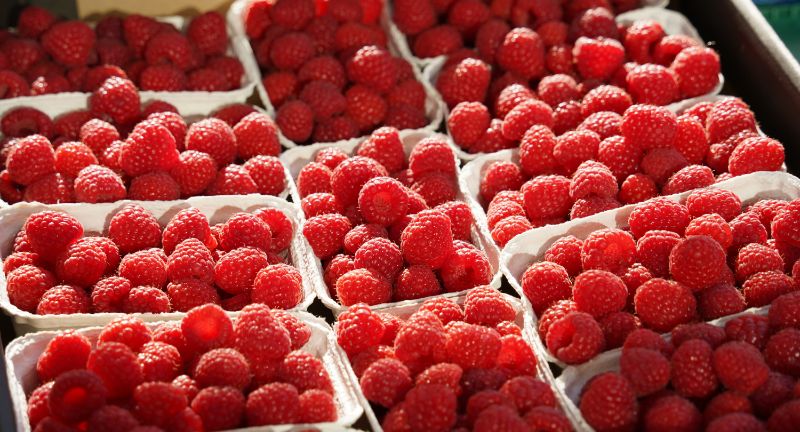
Shutterstock
Raspberries, much like blueberries, have experienced a price surge due to their fragile nature, necessitating meticulous handling and transportation. Their perishable quality demands prompt refrigeration, which escalates logistical expenses. The off-season demand has led to the use of greenhouses and importation, contributing to higher costs. Consequently, raspberries are frequently seen as a luxury item, enjoyed predominantly by those ready to pay a premium.
Vanilla Beans

Shutterstock
Vanilla beans are one of the most labor-intensive spices to produce due to the delicate process of hand-pollinating vanilla flowers, along with the lengthy maturation and curing times. Climate change and cyclones, especially in key producing areas like Madagascar, have caused significant price volatility. These challenges make vanilla a highly prized and expensive ingredient, often reserved for more sophisticated culinary applications. Consequently, vanilla has evolved from a common flavoring to a luxury item.
Grapes
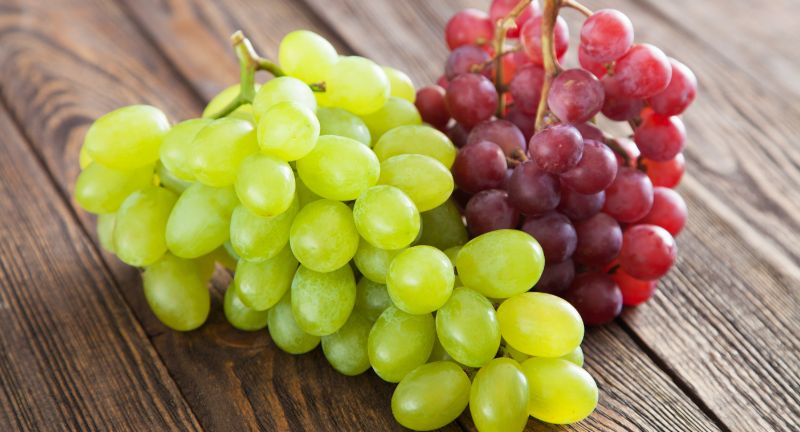
Shutterstock
The cost of grapes has risen considerably, driven by consumer demands for seedless and organic options. These varieties necessitate more precise cultivation and produce lower yields per acre compared to traditional seeded grapes. This cultivation process requires careful management and is labor-intensive, contributing to the increased costs. Furthermore, grapes are highly sensitive to weather conditions, and any adverse climate events can significantly impact their supply and prices. Consequently, grapes, especially specialty types, are often viewed as a luxury fruit.
Upscale Snacks
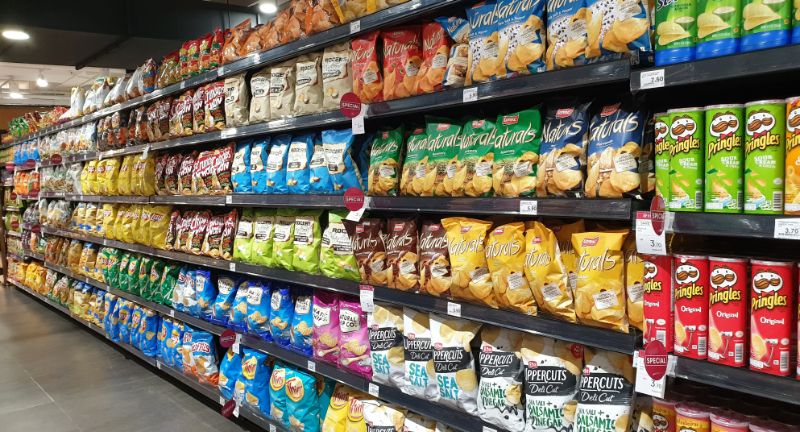
Shutterstock
Specialty snacks have evolved from basic munchies to luxurious treats. The market has experienced a rise in snacks crafted from premium, organic ingredients, appealing to health-conscious consumers. These snacks frequently include non-GMO, gluten-free, or vegan options, which are more expensive to produce. As a result, what used to be a reasonably priced impulse purchase has become a considered, often pricey decision.
Maple Syrup Production

Shutterstock
The process of making maple syrup is notably time-consuming, requiring the tapping of trees to collect sap that is subsequently boiled down into syrup. Climate change has introduced unpredictability into the sap collection season, which in turn affects both the yield and quality of the syrup. Furthermore, the labor-intensive nature of syrup production and increasing demand for organic and single-source variants add to its high cost. What was once a common condiment is now frequently regarded as a gourmet item.
Chips
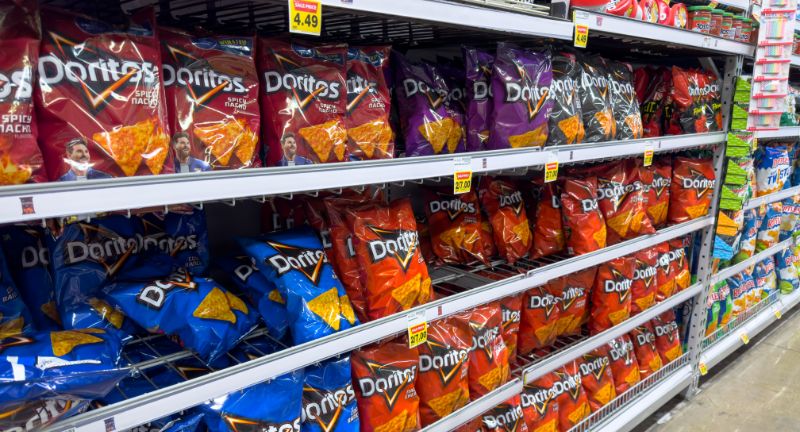
Shutterstock
Chips used to be an affordable snack, readily available to people from all walks of life. However, the emergence of gourmet varieties with organic or imported ingredients has greatly raised their market standing. Higher production costs, including increased prices for oil and potatoes, have also played a role in making chips a luxury item. Over the past year, the price of a bag of chips has risen by as much as 40% in certain regions.
Conclusion

Shutterstock
Rising grocery prices are transforming the shopping habits of many Americans, leading them to either occasionally splurge on formerly affordable staples or skip them altogether. This shift not only reflects changing market dynamics but also highlights the widening economic divide, where luxury is increasingly defined by the ability to purchase basic goods. As these items move from accessible to aspirational, consumers must make difficult decisions about how to allocate their limited grocery budgets. Tackling this issue requires a collective effort from policymakers, businesses, and communities to ensure essential goods remain attainable for everyone, thus preserving both nutritional health and economic stability.
More From Financially+
-


California’s Squatting Crisis Escalates, Drawing Critical National Attention
-
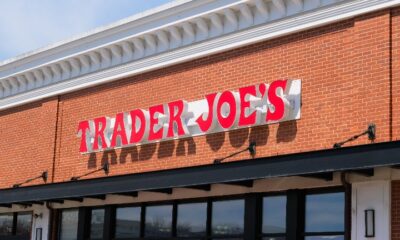

22 Essentials From Trader Joe’s for Every Food Lover
-


12 Big US Cities That Act Like They’re the Center…
-


21 Modern Motives: Why More Women Are Choosing Child-Free Lives
-


Medicare and Social Security Bankruptcy Dates Officially Pushed Back
-


21 Key Reasons To Have An Emergency Fund
-


35 Unforgettable Fads Only 60s Kids Will Remember
-


These Beloved American Foods Are Banned Around the World
-


The Million-Dollar Myth: Retire Rich Without the Fortune
